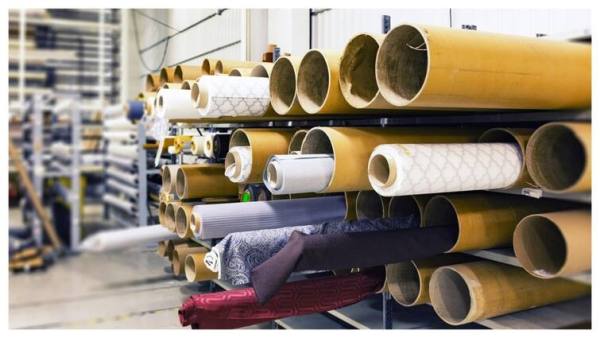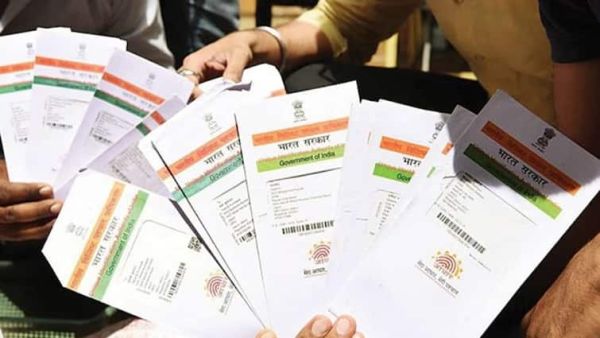Lloyds, Halifax and Bank of Scotland are changing
The banking group currently offers different overdraft rates, dependent on your credit score. The different rates you can currently be offered include: 19.9%, 29.9%, 39.9% and 49.9%. The majority of customers have an overdraft rate of 39.9%.
But changes being introduced over the next few days mean that its representative overdraft rate - which is the rate at least 51% of new customers get - will be 29.9%.
READ MORE:
READ MORE: <'PIP changes mean severe consequences for people with these three conditions'>
As part of the review, some existing customers could see their rate reduced, while others may see theirs go up.
A spokesperson from
All customers will be given seven days’ notice for overdraft rates going down and 60 days’ notice for overdraft rates going up. If your rate is going up, Lloyds will introduce temporary tiers for six months.
An overdraft allows you to borrow money through your bank via your current account, when your account balance is zero or negative. But it can be an expensive way to borrow money - check out our tips below for how to cut your costs.
A Lloyds spokesperson said: "We know many customers find it helpful to have an overdraft there for life's unexpected costs and, to make that as affordable for our customers as possible, we're lowering the interest rate most customers typically pay when they use an overdraft.
"This means the cost of using an overdraft will become cheaper for many, with Lloyds, Halifax and Bank of
If you're struggling with your overdraft, check if you're able to switch to an account with a 0% overdraft, so you have more time to clear what you owe without being charged interest.
Make sure you check if you're likely to be eligible first before you apply. Another alternative could be to look at a 0% money transfer card.
These are a special type credit card that pays cash into your bank account, for a one-off fee. You would then use this money to pay off your overdraft, so you're not accruing more interest in overdraft fees.
You should always make sure you can pay off your 0% money transfer card before your interest-free period is up - otherwise you'll start to be charged interest, which defeats the point of using this card.









